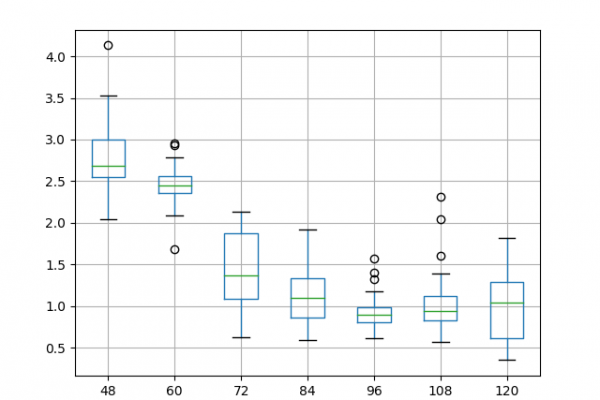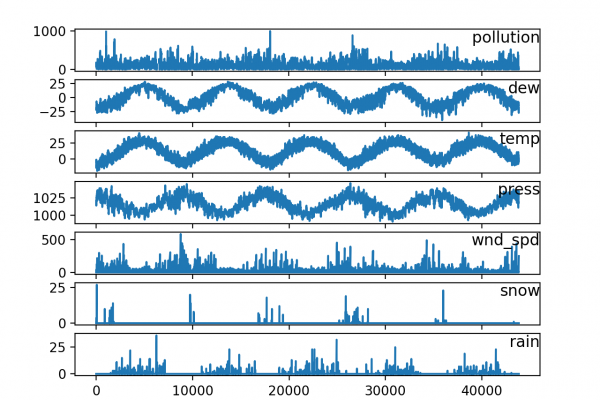What is the Difference Between a Parameter and a Hyperparameter?
Last Updated on June 17, 2019 It can be confusing when you get started in applied machine learning. There are so many terms to use and many of the terms may not be used consistently. This is especially true if you have come from another field of study that may use some of the same terms as machine learning, but they are used differently. For example: the terms “model parameter” and “model hyperparameter.” Not having a clear definition for these […]
Read more








